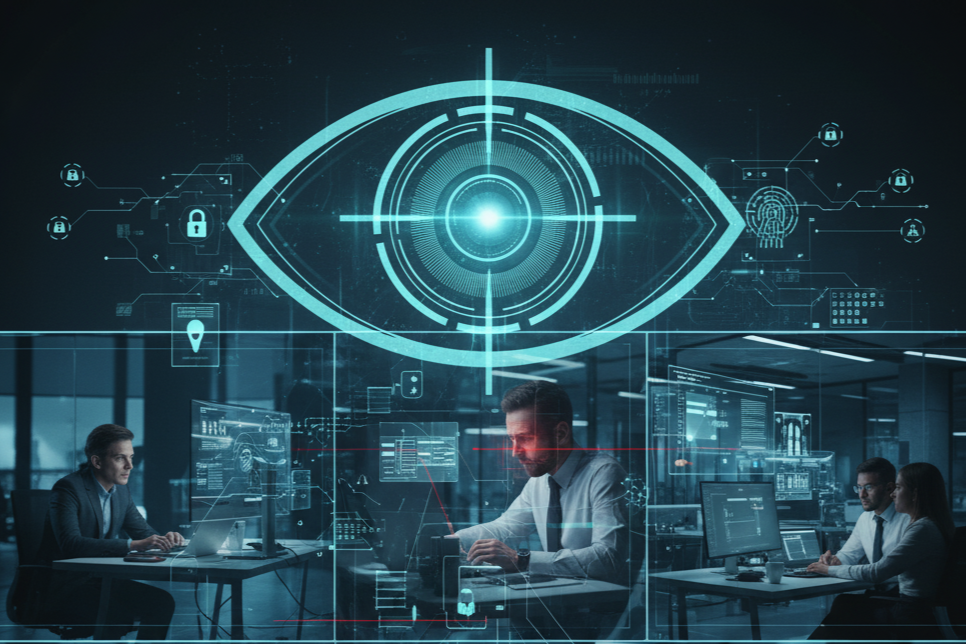What Is Physical Intelligence and How Is AI Learning to Act in the Real World?
- SystemsCloud

- Oct 7
- 2 min read
In 2025, we are seeing a shift in artificial intelligence. Instead of staying confined to screens, certain AI systems are becoming physically adaptive. They think and act where the rubber meets the road: in drones, warehouses, and even fabric with real environments.
This concept, known as physical intelligence, helps AI systems learn and adapt in unpredictable, changing situations.

What Are Liquid Neural Networks and Why Do They Matter?
Liquid neural networks are a type of AI model developed by MIT that learn continuously, not only during training. They change their internal behaviour based on new data.
They adapt to changes, such as weather shifts or visual noise.
They are compact — ideal for real-world use on robots or drones.
They silently capture cause and effect rather than just patterns.
MIT showed that liquid network–driven drones could navigate forests and urban scenes better than traditional AI.
How Are Robots Gaining Physical Intelligence?
Covariant’s robots in real warehouses
Covariant built an AI platform, the Covariant Brain, that controls robots in warehouses, picking a vast array of items from messy bins using a single model. This setup includes fleet learning—insights from one robot benefit all robots globally.
Robots learn to handle new or shiny objects on the fly.
They train in one location and improve others worldwide.
They also released RFM‑1, a robotics foundation model trained on language, vision, sensor, and motion data. It lets robots reason about what to do next when their first attempt fails.
What Is Physical Intelligence, and Why Does It Matter Now?
A summary of what this means and how it is changing AI real-world interaction:
Key Pillar | How It Works | Why It Matters |
Liquid Neural Networks | Continuous adaptation based on live data | Enables AI to handle new conditions reliably |
Reasoning in Robots | Robots choose better strategies after failure | Supports more resilient and human-like performance |
Fleet Learning | Knowledge from one unit shared across many | Speeds up collective improvement at scale |
These systems mark a shift from fixed behaviour to adaptable, real-time thinking. They bring smarter robotics into logistics, exploration, and safety-critical tasks.
Physical intelligence is expanding AI’s reach into tasks where the world is never simple. It's about cause and effect, adaptability, and reflection, qualities that might soon define the future of machinery and systems.








Comments